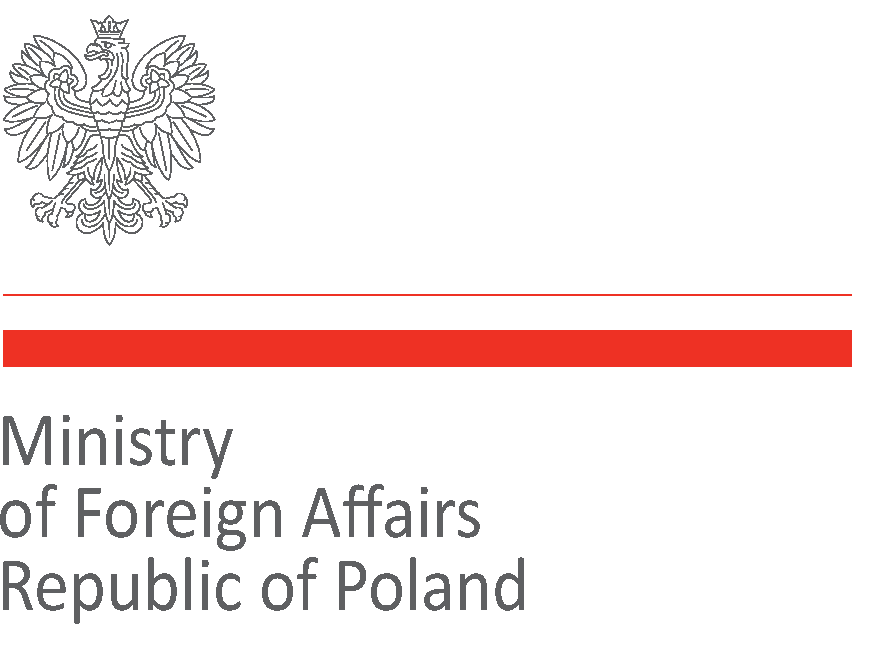He was born in Złotyjów, in Volhynia, on the 25th of September 1804. He began his education at a Jesuit school in the village of Romaniv in the Zhitomir District, Ukraine; then he continued it in Uman, where he met, for instance, Józef Bohdan Zaleski and Seweryn Goszczyński, with whom he formed the Ukrainian school of Polish Romantic literature. Grabowski also studied in Odessa and in Warsaw, where he was an official on the Commission on Religious Denominations and Education in 1822-1825. He started to publish literary criticism in 1825. After the fall of November Uprising he gradually began to abandon democratic ideals, steering instead – under the influence of, among others, Henryk Rzewuski – towards a conservative and pro-Russian standpoint. In 1863, during Aleksander Wielopolski’s rule, he was appointed the director of the Commission on Religious Denominations and Education for a short space. He died in Warsaw on the 19th of November of the same year. Grabowski published his articles in the columns of various weeklies and magazines such as “Dziennik Warszawski”, “Tygodnik Petersburski”, “Pielgrzym”, or “Atheneum”. The successively published editions of his literary criticism included Literatura i krytyka (four volumes; 1837-1840), Korespondencja literacka (two volumes; 1842-1843), Artykuły literackie, krytyczne i artystyczne (1849), Ukraina dawna i teraźniejsza, and Gran Genrich Rzewuski. The following titles are ranked among his most important novels: Koliszczyzna i stepy (1838), Stannica hulajpolska (five volumes; 1840-1841), as well as Tajkury, Pan starosta Zakrzewski, Pan starosta Kaniowski, Oblężenie Połocka, Złotomierz, and Zamieć w stepach.
